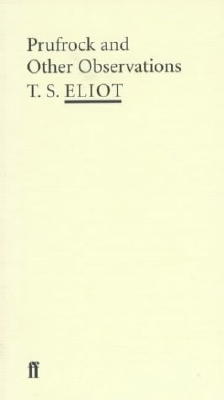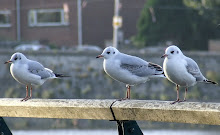....Evidence of the English Civil War.........
I moved to Colchester in 2003 and am still learning about the history of this town, rumoured to be England's "oldest recorded town".
The English Civil War ran from 1642 to 1649. Colchester was under siege in 1648. The siege, lasting 76 days, was one of the most important events of the war. Evidence of some of the violence that took place is still easily found around the town. Yesterday I went out and photographed two examples....
Bit of background info. re. the siege: A Royalist army, gathered from Kent, Hertfordshire and Essex occupied colchester. They were supporting King Charles I against Parliament. Once inside the town walls, they were surrounded by the Parliamentarian army, commanded by Lord Fairfax.
The siege lasted through a very cold and wet summer, ending on August 28th 1648. By this time, the residents of the town were so desperate for food that they had begun to eat rats.
(1)The Old Siege House, East Bridge, East Street.
[above] The Old Siege House showing East Bridge in the background (the car is about to drive over it). It still bears the marks of a night-long battle from 1648. 
The Old Siege House, taken from the bridge
This Tudor building overlooks a bridge across the River Colne. It was originally part of a mill. The mill was occupied by members of the Parliamentarian army on July 5th 1648. This cut off the bridge, which was used as a route into town by Royalist raiding parties searching for food. It also posed a threat to the south of the town, a place still called The Hythe, which was a port. The Royalists, therefore, decided they could not allow this occupation to take hold.
That night, 500 foot-soldiers and 200 horsemen from the Royalist army charged down East Hill. They were led by Sir George Lisle and Sir Charles Lucas.
When they reached the bridge, they were met by Parliamentarian musketeers. Fighting broke out and many of the musketeers were killed. The fighting went on through the night. At one point, Lucas's cavalry chased Parliamentarian troops up the hill away from the town, only to be met by reinforcements who had been coming to stop the Royalists. This group formed a fierce counter-attack and the Royalists were forced back into the town. They had killed lots of men and taken lots of prisoners, but failed to take any food from the mill or port.
The building now called The Old Siege House still shows holes from some of the musket balls from these fights:
 [above] Some of the holes made by the musket balls are highlighted with red metal rings around them. I put my hand next to this one to show how big they are.
[above] Some of the holes made by the musket balls are highlighted with red metal rings around them. I put my hand next to this one to show how big they are.

[above] The beams under the "overhang" at the front of the building- more holes left by musket balls.

Spot the holes? This [above] is at the side of the building, facing the river.
The wood carving, beams and brickwork are all mid 16th century. 



This was just one night of the long siege of the town. If you'd like to find out more about the Civil War, here's a link. Or here's a link to a page about the Colchester siege.
(2) The Monument, Castle Park
What happened in Colchester after the siege?
The Royalists surrendered to the Parliamentarians. The townspeople, who had suffered at the hands of both armies, were fined £14,000 (about £2 million in today's terms). Most of the town had been burned. The town walls were ordered to be pulled down, so that nobody would be able to fortify the town ever again. Those remaining Royalist soldiers who were unable to purchase their freedom were herded out of the town, stripped, beaten and left to starve. Many were sent abroad as slaves to the West Indies.
Remember Sir Charles Lucas and Sir George Lisle? The leaders of the fight at East Street? Here is a monument to them, in the grounds of Colchester Castle, where they were later held prisoner, before being executed:
The obelisk marks the spot where they were executed:

I hope you've found this brief look at some of this town's history interesting.
Last, but not least, this wee fella was keeping watch over the monument, so I threw him a nut:
Hard to believe such things took place here, when it was so peaceful walking about with my camera, feeding the squirrels. Perhaps because of the cold and the clear sky, it was so quiet.......
*****
For links to everyone else doing the ABC Wednesday, & instructions on how to take part, visit Mrs Nesbitt's site.
*****




























 This is one of a lot of cheeky chappies we get.
This is one of a lot of cheeky chappies we get. Here you can see our Christmas Tree! Still in its pot, I water it regularly but leave it here on the decking. My plan is to put it in a big terrocotta pot when it's warmer. I'd love to plant it out but the garden isn't really big enough for a Norway Spruce!
Here you can see our Christmas Tree! Still in its pot, I water it regularly but leave it here on the decking. My plan is to put it in a big terrocotta pot when it's warmer. I'd love to plant it out but the garden isn't really big enough for a Norway Spruce! The spruce looks like it's covered in snow. I think it's whispering to itself, "Wow! I'm a real Christmas tree at last! At last!"
The spruce looks like it's covered in snow. I think it's whispering to itself, "Wow! I'm a real Christmas tree at last! At last!" 



































